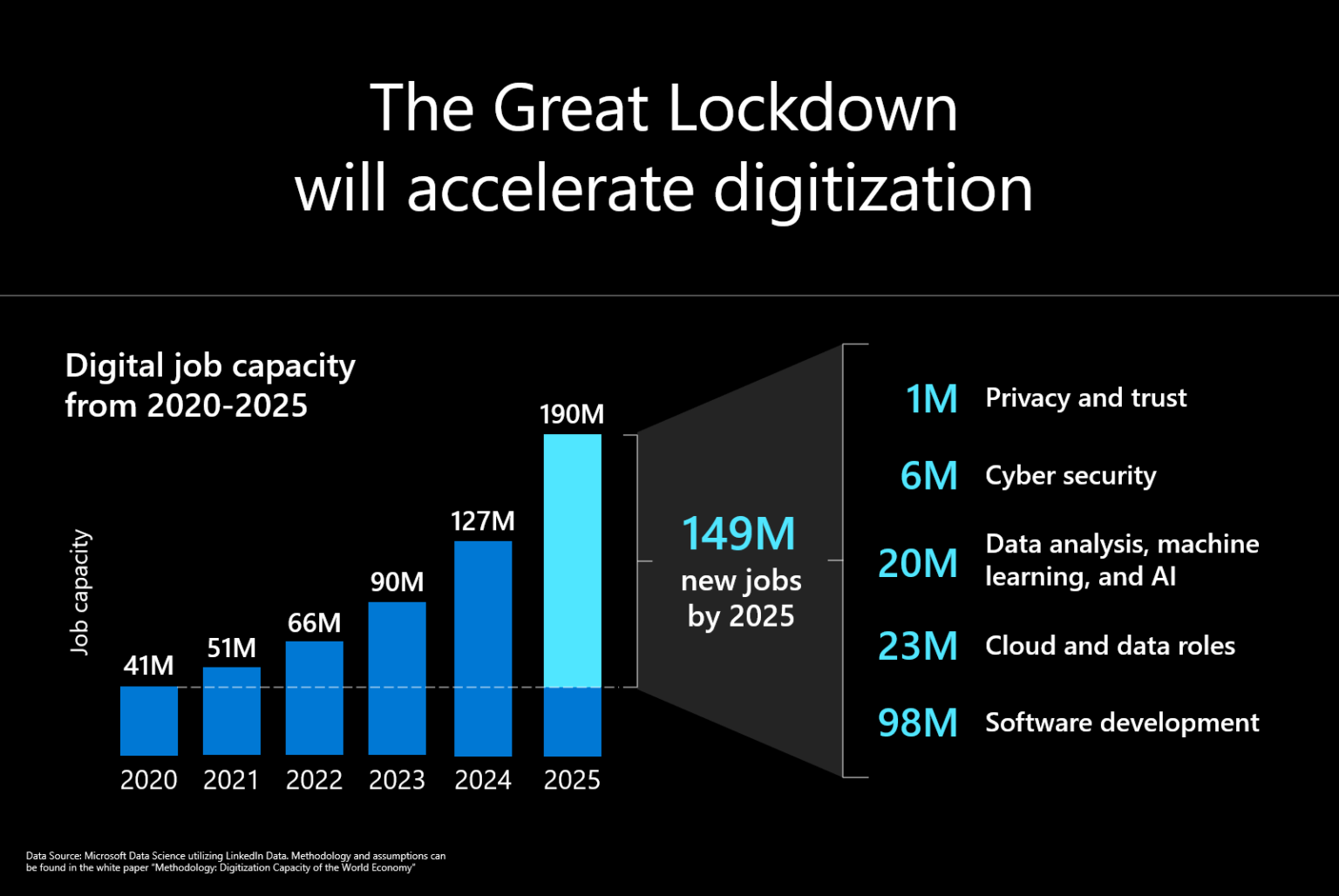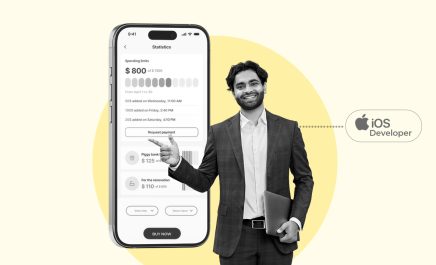7 Important Hiring Trends To Watch Out For in 2021
- Sheryl Jones
- March 1, 2021
- 6 Minute Read

The COVID-19 pandemic has brought in a monumental shift in all areas of our lives. All industries are facing this uncertainty, and recruitment or the HR industry is no different. Where the pandemic has made work from the home culture the new normal, recruiting teams shall embrace the hiring trends of 2021 as a replacement for the traditional in-person interview process.
As the potential back to normal is on the horizon in 2021, the demand for talent has also increased. However, if there is one thing that 2020 taught us, HR leaders need to adapt and adjust their hiring plans irrespective of our industry. Therefore, it’s vital to understand the key trends that will shape the hiring processes in 2021 and plan to adapt to these changes.
At Uplers Talent Connect, we bring a change in the hiring process, leading businesses to rethink their talent acquisition strategy. We have been at the forefront to change and revise how we attract, recruit, and retain talent with our Uplers Talent Connect Model.
New trends have emerged, and forward-thinking companies should leave no stone unturned to secure the right talent for themselves.
7 Key Hiring Trends In 2021
Here are the key trends to watch out for in 2021 and ways to adapt to the emerging trends.
1. Diversity, Equity & Inclusion In Hiring.
According to Monster’s research, (86%) candidates globally say diversity, equity, and inclusion in the workplace are crucial. Luckily, companies nowadays are more intentional about ramping up their diversity and inclusion efforts to show solidarity and support to their underrepresented employees.
Many companies now realize that increasing diversity and inclusion within the company is not only good for society; it’s good for business too.
According to McKinsey’s report, organizations in the top quartile for gender diversity on executive teams were 25% more likely to have above-average profitability than companies in the fourth quartile.
Some employee resource groups include Women In Tech, Pride for LGBTQ community, Veterans, etc. In addition, some companies like General Motors are proactively taking action to condemn police brutality, racism, bigotry, discrimination, intolerance, and intimidation. All these are progressive steps towards a better workplace for the future.
2. Remote Work Is The Future
In 2020, the global pandemic forced professionals worldwide to shift from corporate hallways to home offices overnight. If you thought that remote work was a fad, think again. Having a remote team was the second biggest policy change reported by employers in 2020. It has now become a norm for most businesses.
Remote teams allow organizations to source talent from a broader global pool without location being a limitation. It gives employers more options to look for the right talent beyond the city, state, or country. Remote working has resulted in better output and efficiency in employees.
Not only that but, remote working has also proved to be a boon for business too. According to a Stanford University study, the company saved about $2,000 per employee who worked from home on average. In addition, remote teams save the company’s cost of buying or renting office space and operational costs.
Top companies like Shopify, Dropbox, and Twitter have planned to remain remote or offer a flexible approach even after the pandemic subsides. Facebook CEO Mark Zuckerberg said in an interview that half of Facebook might work remotely by 2030. All this hints towards the growing trend of remote hiring in 2021 and beyond.
3. Upskilling To Fill Hard-To-Hire Positions

Experts pointed out concerning skill-gaps as a speed bump for future hiring long before the COVID-19 turned the economy upside down. Many positions remain in demand but are challenging to fill. So how can recruiters fill these hard-to-fill positions? The answer lies in upskilling.

Use data and technology to help people develop new skills. The fastest and most economical way to address the skills shortage is to use technology to skill more people faster.
Despite the upward hiring trends of 2021, 87% of employers say they struggle to fill positions due to a skills gap. In such a scenario, training and upskilling employees would significantly help bridge the skill gap and provide employees with meaningful new career and growth opportunities.
The year 2021 may see upskilling being carried out at an accelerated pace. Big companies such as Amazon already have upskilling plans in the pipeline. For example, Amazon recently announced that they were going to upskill 100,000 people in the coming future.
4. Are Workspaces Safe? Candidates Need Assurance
Health safety is among the top priority for job seekers in 2021. COVID-19 safety plans, sanitization, social distancing are a must. Apart from this, many companies also give employees an option to return when they feel safe or have a hybrid schedule. How seriously an employer takes workplace safety will be critically important in 2021. Candidates will be hesitant to go into a physical workplace if the company is not taking safety seriously.
Ensure your recruitment ads and branding solutions talk about the measures you are taking to ensure a safe and sanitized workspace. For example, you can talk about workplace safety practices, including sanitizing, social distancing protocols, and more.
5. Data-Driven Recruitment Using AI
Data-driven recruitment is another trend that hiring professionals must keep an eye on to tackle the pandemic-led disruption and sustain business continuity.
With Artificial Intelligence’s help, the traditional hiring process will upgrade through complete automation of employee verification and onboarding practices. AI-powered chatbots will also become frequent as companies begin to use them for resume screening before scheduling candidates for in-person interviews and understand and respond to candidates’ queries in real-time. In addition, the speed and accuracy brought in by AI-based tools have become a necessity for recruiters.
Data analytics can play a crucial role in realizing the recruiting department’s long-term goals. Organizations are now moving from traditional descriptive analytics to predictive people analytics. As a result, they can predict upcoming trends that they can utilize to improve HR and recruitment operations.
With the correct data, recruiters can save the time and cost of interviewing multiple candidates. Instead, companies can more effectively sift through lists of applicants and only interview top candidates right for the role, thanks to data analytics.
6. Complete Digital Onboarding For Candidates
In 2021, Human Resources would likely focus on a smooth digital employee experience. At Uplers, we have begun using technology for a seamless onboarding experience for our employees. 2021 will see a rise in technology adoption for paperless and contactless onboarding and employee background check. This will mitigate hiring employees with dubious backgrounds and provide genuine employees with a great onboarding experience. Recruiters will also enjoy a quick turnaround time while hiring new employees. A win-win situation for sure!
Investing in the right tools and platforms for a seamless virtual interviewing and onboarding experience can positively experience candidates’ hiring process.
Remote hiring tools, such as Recruiting software, LinkedIn Recruitment Marketing, Jobble for business, The Resumator, etc., have replaced traditional hiring methods, including assessment centers, repetitive follow-up calls, etc., fastening the tedious recruitment process.
7. The Rise in Project-Based Hiring
Due to the pandemic, businesses are moving towards project-based or freelance hiring. Since work from home is the new normal, employers are free to hire the best talent across the globe. Moreover, this will also provide opportunities to industry experts in taking up projects on a short-term basis. The trend is expected to continue for the entire 2021. 80% of executives surveyed by Accenture agree that the future of work will be project-based rather than role-based.
For instance, P&G, a multinational consumer goods company, used platforms such as UpWork for new product development of R&D needs, supplementing their internal teams. In addition, an increasing number of Fortune 500 companies are experimenting with digital marketplaces and project-based outsourcing. As a result, the project-based workforce will be engaged in the most critical work the firm undertakes.
Summing Up
No matter the industry you are in, 2021 will see an increase in hiring needs. No doubt, the COVID-19 pandemic has changed the face of recruitment overnight. 2021 will be the year where HR managers will have to take a long look at their hiring and onboarding policies for a smooth transition and sustainable growth. In this article, we have highlighted seven emerging hiring trends to watch out for in 2021. Hiring managers need to be aware of the above trends and make efforts to adapt to them.
At Uplers, we identified a visible gap between the demand and supply of skilled tech talent worldwide. To help companies sidestep this obstacle, Uplers came up with a model, Uplers Talent Connect. This model includes vetting the talent on the part of organizations to facilitate a seamless hiring and onboarding process with the right people.

Thank you for submitting the details!
We will keep your information safe. Feel free to contact us with any questions at hello@uplers.com
Please check your email for next steps shared by Robert.



















